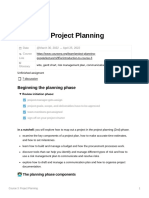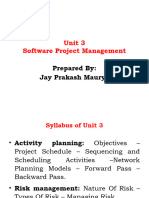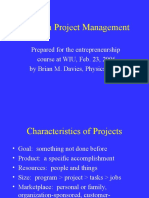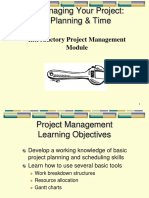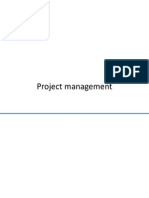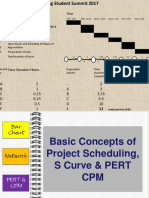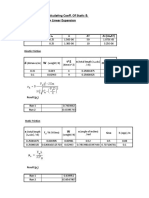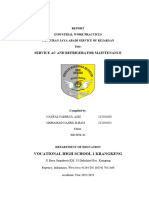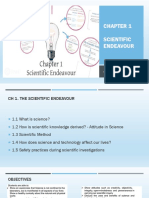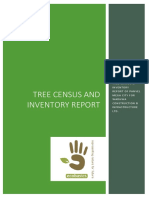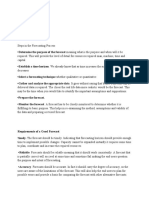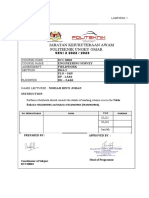0% found this document useful (0 votes)
92 views2 pagesLecture 17
The document discusses project management techniques including defining a project's inputs and outputs, establishing a work breakdown structure to decompose large projects into smaller action items, and creating a project schedule by defining phases, milestones, and due dates to plan and track a project from start to completion. It also covers documenting a project using tools like Gantt charts and maintaining action items in a logbook or project management software to facilitate communication and accountability among team members.
Uploaded by
amrah2Copyright
© Attribution Non-Commercial (BY-NC)
We take content rights seriously. If you suspect this is your content, claim it here.
Available Formats
Download as PDF, TXT or read online on Scribd
0% found this document useful (0 votes)
92 views2 pagesLecture 17
The document discusses project management techniques including defining a project's inputs and outputs, establishing a work breakdown structure to decompose large projects into smaller action items, and creating a project schedule by defining phases, milestones, and due dates to plan and track a project from start to completion. It also covers documenting a project using tools like Gantt charts and maintaining action items in a logbook or project management software to facilitate communication and accountability among team members.
Uploaded by
amrah2Copyright
© Attribution Non-Commercial (BY-NC)
We take content rights seriously. If you suspect this is your content, claim it here.
Available Formats
Download as PDF, TXT or read online on Scribd
/ 2




